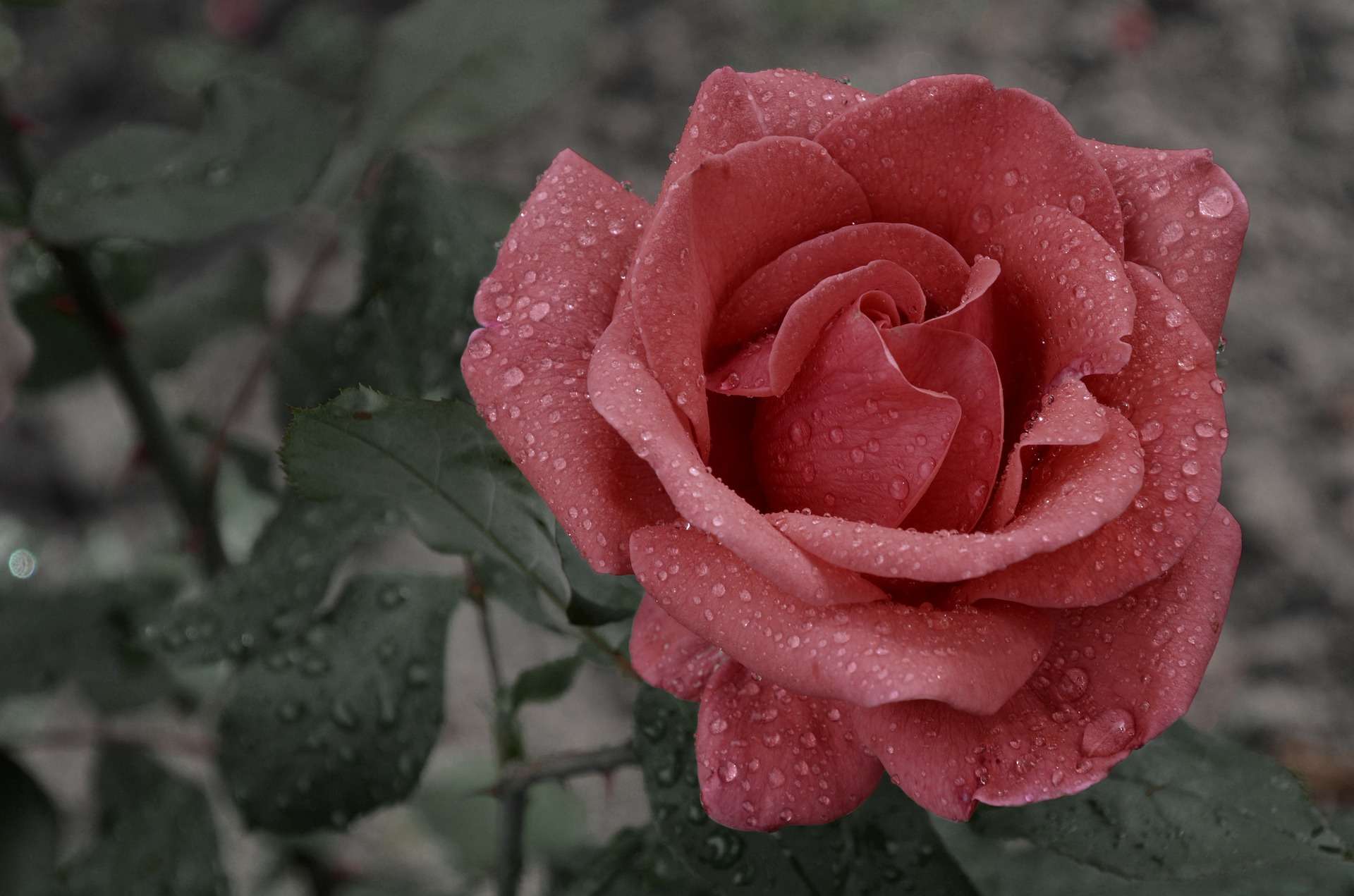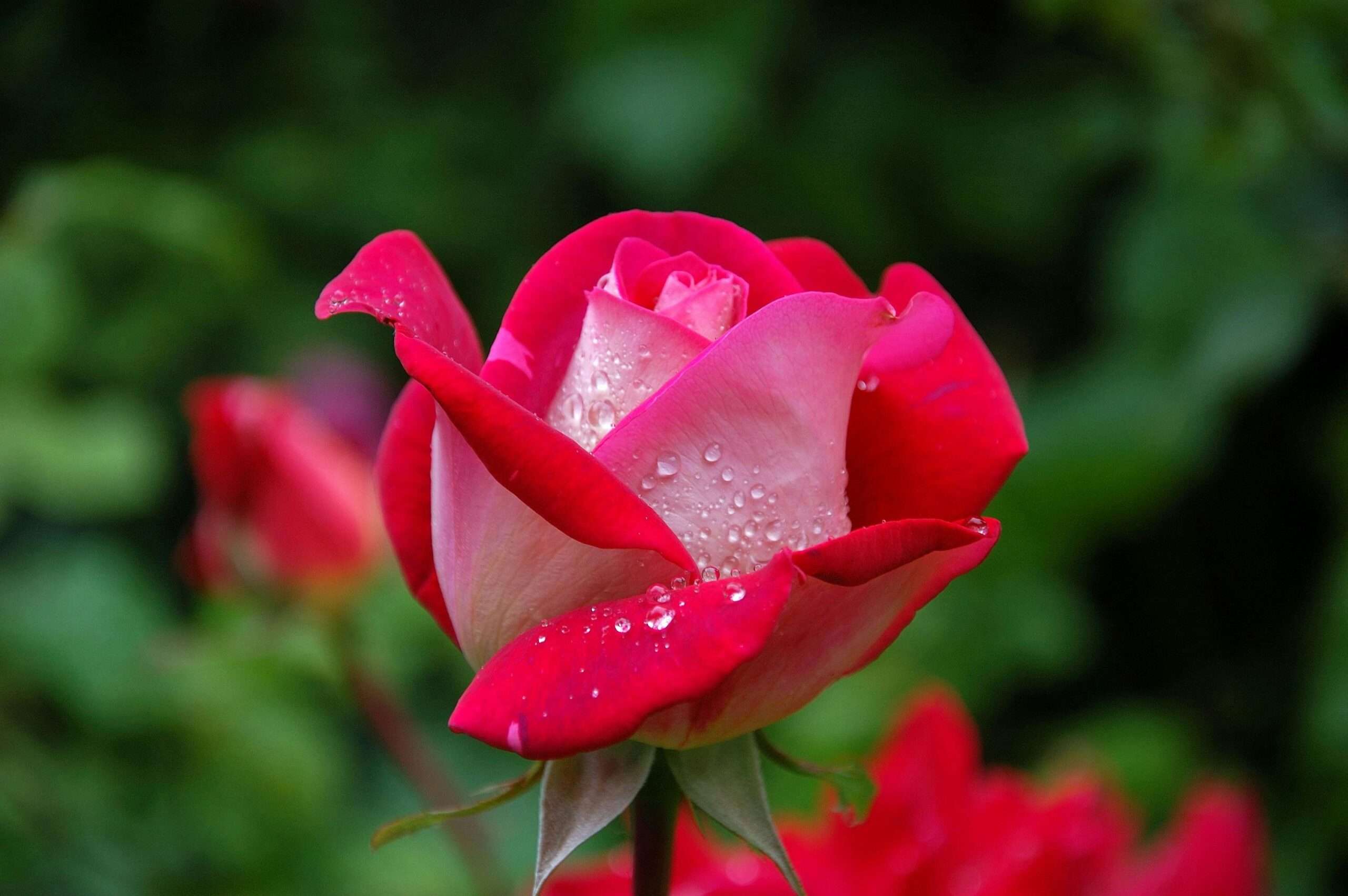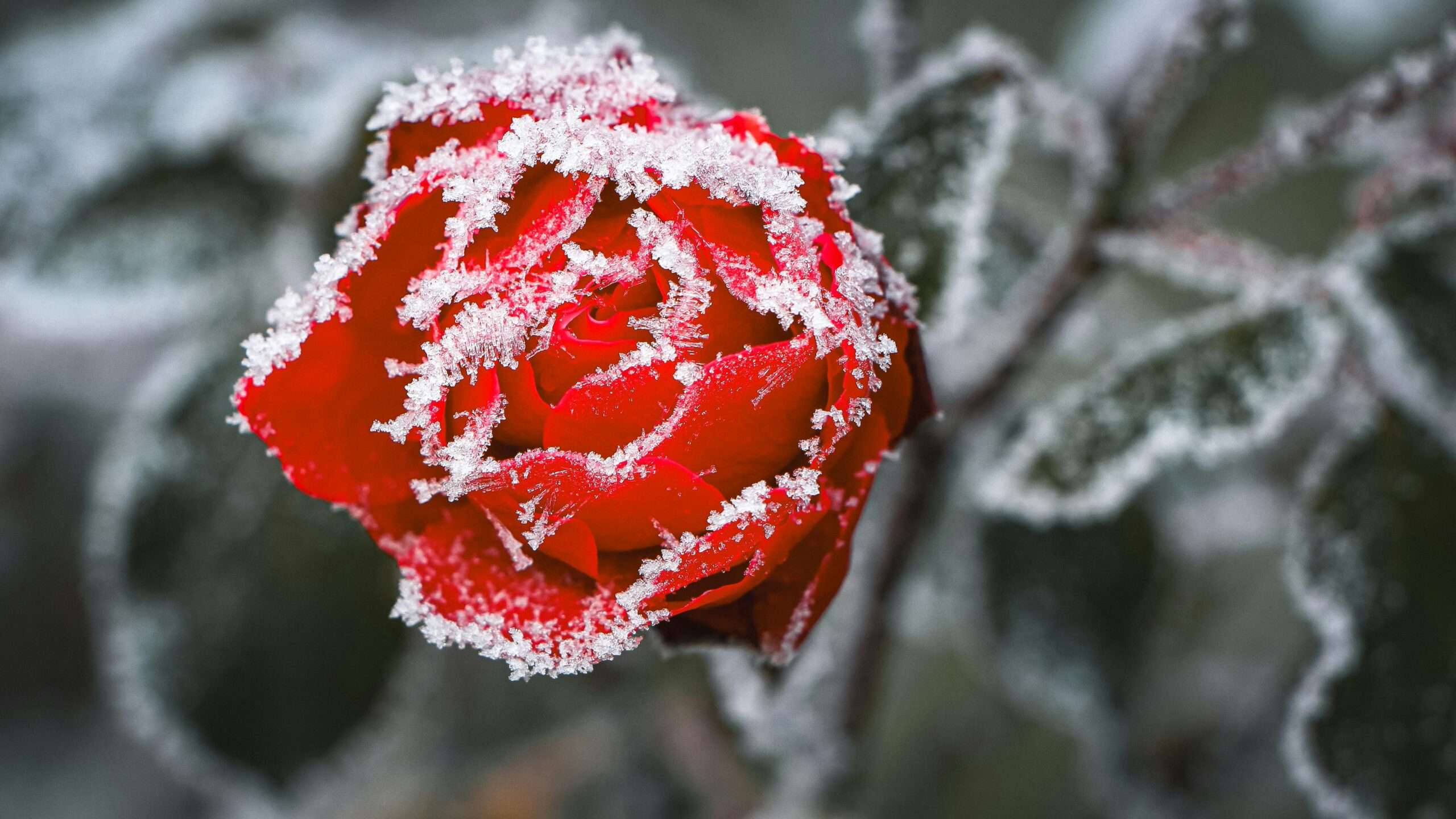Ah, roses—the ultimate combination of beauty and fragrance, nature’s way of saying, “Here, take some charm and a whiff of bliss!” Whether you’ve got green thumbs that could rival a gardening ninja or you’re just dipping your toes into the garden game, deciding where to plop down your roses—sun or shade—can feel like playing a dramatic round of floral chess. But fear not, fellow garden adventurers! This guide is your ticket to unraveling the mystery of where to plant roses sun or shade, sprinkled with tips and a sprinkle of laughter to keep your gardening journey as enchanting as a field of blooming roses.
Table of Contents
1. Understanding Rose Plant Requirements
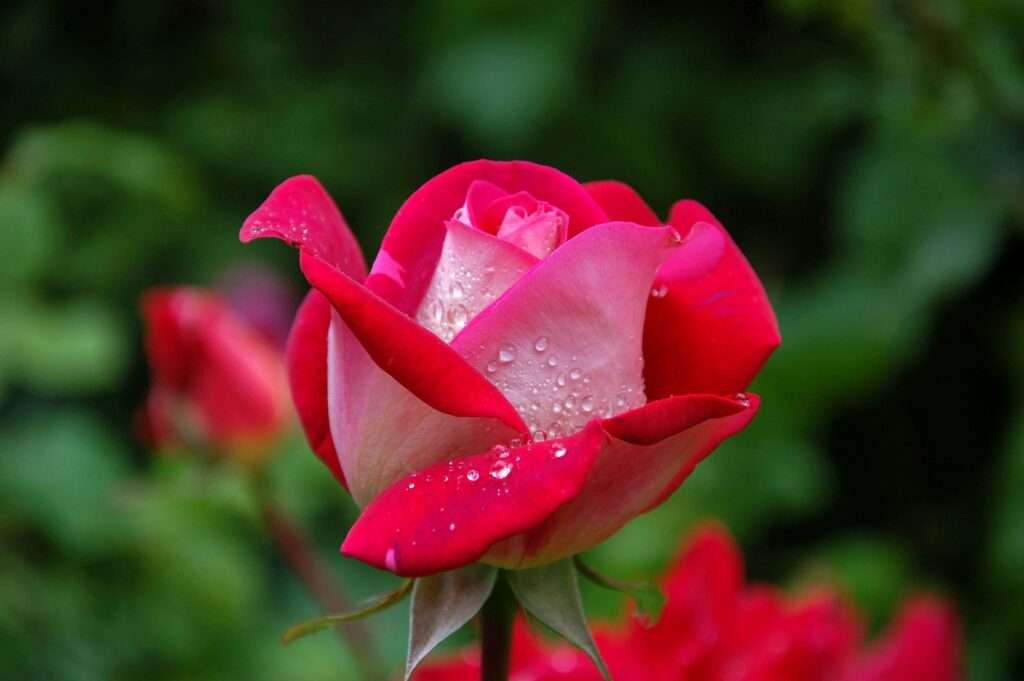
Before we start digging holes and pondering sunlight, let’s get to know these divas of the flower world a bit better.
Sunlight Needs: Understanding Where to Plant Roses Sun or Shade
Roses are like sunbathers at the beach—they crave that sunlight! They’re not just soaking up rays for a tan; they need about six to eight hours of direct sunshine daily to strut their stuff with vibrant blooms.
Benefits of Full Sun for Roses
- Enhanced Bloom Production: Think of sunlight as their energy drink. More sun, more blooms—simple as that!
- Sturdy Stems: Like a good yoga session, sunlight helps roses grow strong and flexible, ready to handle whatever Mother Nature throws their way.
- Disease Resistance: Sunlight keeps those pesky fungal diseases like black spot and powdery mildew at bay. It’s like roses practicing social distancing from germs!
Shade Tolerance
Now, not all roses are sun worshipers. Some are cool with a bit of shade, especially in those blazing hot climates where the sun feels like it’s auditioning for a role in a summer blockbuster.
Types of Roses That Tolerate Partial Shade
- Climbing Roses: These are the gymnasts of the rose world, okay with a bit of shade if they get their morning sun fix.
- Shrub Roses: Picture them as the chill beachgoers who bring their own umbrella. They’re cool with a bit of shade here and there.
- Old Garden Roses: These roses are like the wise elders who’ve seen it all—they can handle a bit of shade and still bloom beautifully.
2. Evaluating Your Garden Environment
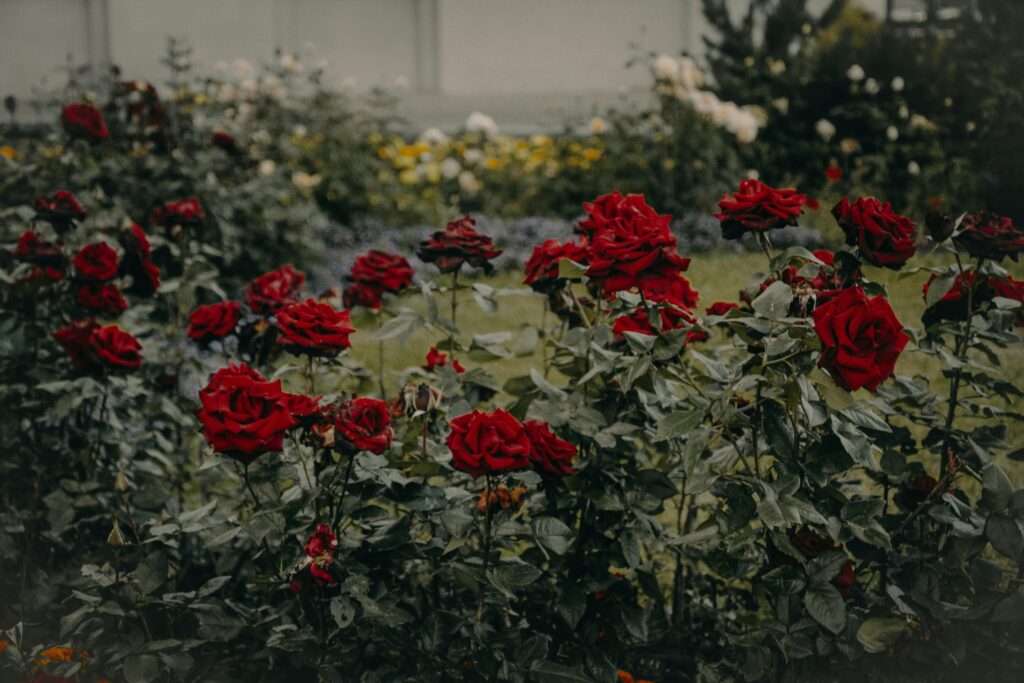
Alright, let’s play detective and scope out your garden. We need to know where the sun likes to hang out and if your soil is top-notch or needs a bit of a pep talk.
Assessing Sunlight Exposure
Grab your detective hat and sunglasses—time to investigate where the sun likes to party in your garden.
How to Measure Sunlight in Your Garden
- Observation: Spend a day playing peekaboo with the sun. See which spots get the most rays and which ones are playing hard to get behind those trees and buildings.
- Sunlight Meter: For the serious detectives, grab a sunlight meter to get those precise readings. It’s like giving your roses a personalized sunbathing schedule.
- Seasonal Spy Mission: Sunlight changes its mind with the seasons, so keep tabs on how much light each spot gets throughout the year. It’s like tracking the sun’s social calendar.
Tools and Methods for Evaluating Sunlight Exposure
- Sun Path Diagrams: Ever seen a rose garden blueprint? These diagrams map out the sun’s journey across your garden, helping you plan like a pro.
- Garden Planning Apps: Indeed, there exists an application for that! These apps use fancy tech to show you real-time sunlight data. It’s like having a sun-tracking sidekick in your pocket.
Soil Quality and Drainage
Now, let’s dig deeper—pun intended—into your soil situation. Roses like good dirt, just like we like comfy beds.
Importance of Soil Quality for Roses
- Nutrient Buffet: Good soil means roses get their vitamins and minerals buffet-style. It’s like a salad bar for plants!
- Root Health: Nobody likes soggy feet, especially not roses. Well-drained soil keeps their roots happy and disease-free.
Tips for Testing and Enhancing Soil Quality
- Soil Sherlocking: Grab a soil test kit to check pH levels and nutrient status. Think of it as sending your soil to the doctor for a check-up.
- Amending Action: Mix in some compost, aged manure, or fancy peat moss to jazz up your soil. Roses love a good spa day for dirt!
- Mulch Magic: Sprinkle mulch around your roses for moisture control, temperature moderation, and a fancy garden makeover.
3. Choosing the Best Location to Plant Roses
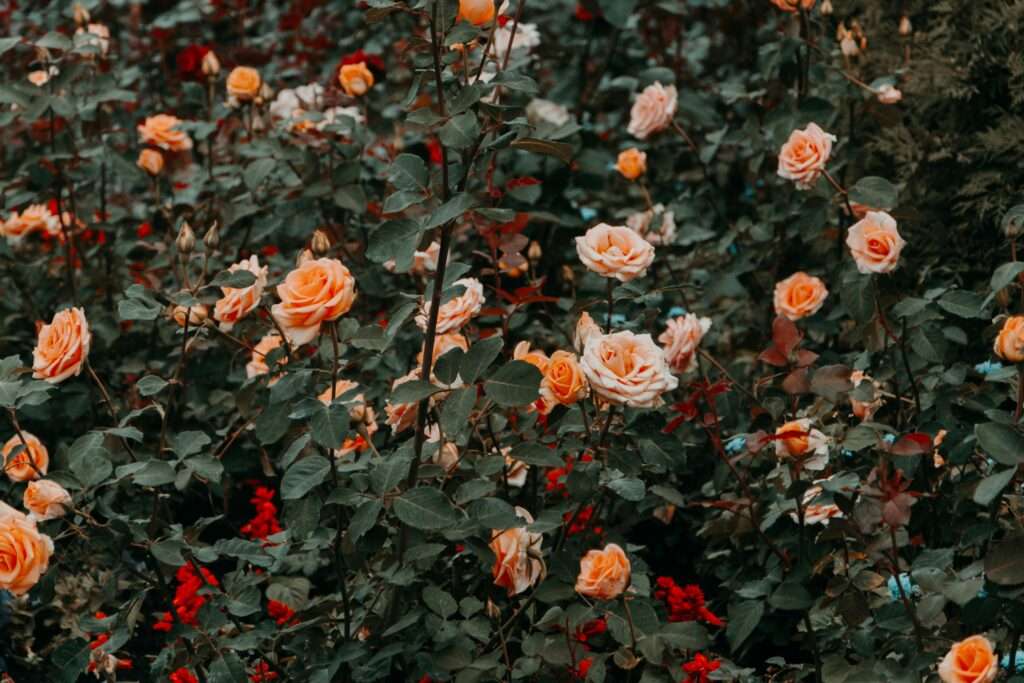
Alright, now that we’ve cracked the case on sunlight and soil, it’s time to pick the perfect spot for your roses. Sun or shade—who will win the rose-tinted crown?
Sun vs. Shade: Making the Decision
Pros and Cons of Full Sun Planting
- Pros: More blooms than a bouquet factory, stronger plants than a superhero, and disease resistance that makes them the garden’s germaphobe superstar.
- Cons: They might get a sunburn in those hot spots, and boy, do they slurp up the water faster than a marathon runner at a hydration station.
Pros and Cons of Partial Shade Planting
- Pros: Protection from the blazing sun, less water evaporation than a leaky water balloon, and perfect for those roses who like a little shade with their sunshine.
- Cons: They might take their sweet time to bloom, grow slower than a tortoise on a coffee break, and watch out for those sneaky fungal diseases in the shady corners.
Microclimates in Your Garden
Time to zoom in on those secret spots in your garden that march to their own beat. Microclimates—fancy word for tiny weather worlds—can be your rose’s best friend.
Identifying and Using Microclimates
- Warm Hugs: Those cozy spots near walls or pavements that soak up the sun all day. Perfect for sun-loving roses who want to extend their summer vacation.
- Cool Hangouts: Shady spots under big trees or next to your house. Ideal for roses who like their sunshine with a side of chill.
Tips for Maximizing Microclimates
- Sun Spot Strategy: Plant your sunshine-loving roses in these warm nooks to keep them happy and blooming like there’s no tomorrow.
- Shade Specialists: Those shade-loving roses will thrive in the cool corners, shielded from the sun’s intense stare.
4. Planting Techniques for Optimal Growth
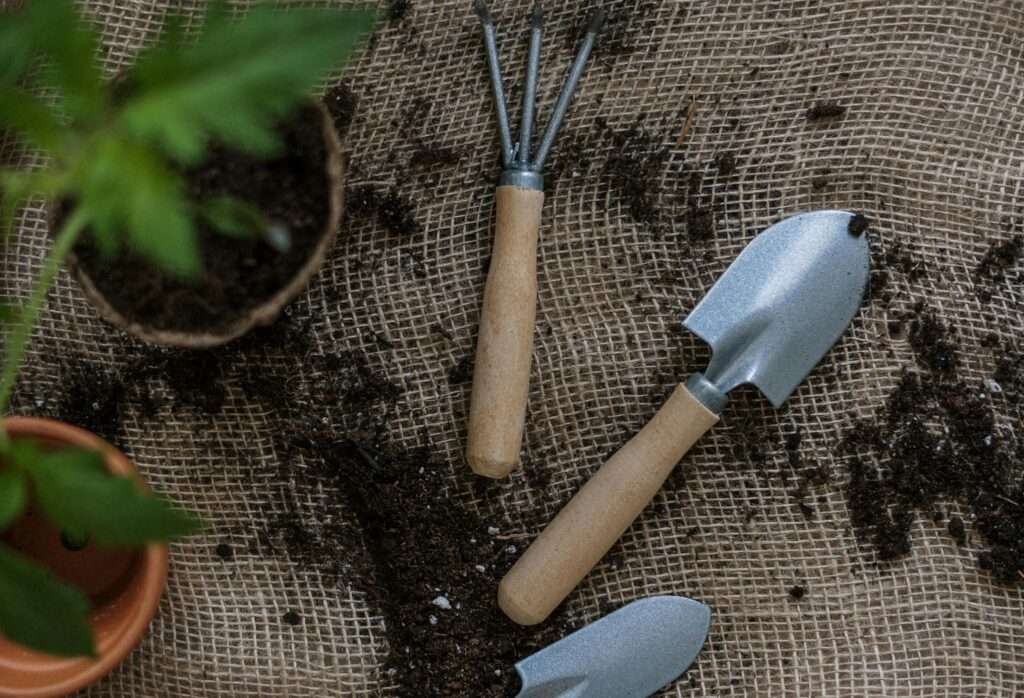
Alright, time to get those roses in the ground! Let’s plant them like pros to ensure they grow up big and strong, whether they like sun, shade, or a bit of both.
Spacing and Planting Depth Party
Why Spacing Matters
- Air Hugs: Good spacing means your roses can breathe easy, just like us after a yoga class. No cramped quarters here!
- Growth Goals: Give your roses room to stretch their roots and show off their blooms. It’s like giving them their own stage to shine on.
Guidelines for Planting Depth
- Bare-Root Roses: Plant them just right—like tucking them into bed with the covers snug but not too tight.
- Potted Roses: Keep them cozy at the same depth they were in their pot, like moving into a new home with everything just the way they like it.
Preparing the Planting Scene
Steps for Prepping Soil and Site
- Clear the Stage: Sweep away the weeds and rocks—it’s showtime for your roses!
- Digging Deeper: Make a hole that’s comfy-cozy for your rose’s roots. Think of it like preparing a VIP lounge for your favorite plant.
- Soil Spa Treatment: Mix in some compost or organic goodies to give your roses the 5-star soil experience they deserve.
- Planting Performance: Gently place your rose in the hole, spread out those roots, and pat the soil around them like you’re giving them a gentle hug.
Pitfalls to Avoid
- Deep Diving: Don’t bury your roses too deep—nobody likes soggy roots!
- Crowd Control: Give each rose its own space to shine, with room to grow and show off its beauty.
5. Caring for Roses in Different Light Conditions

Alright, roses are in the ground, but now comes the fun part—taking care of them! Whether they’re soaking up the sun or chilling in the shade, let’s keep those roses happy and blooming.
Watering Wonders
How to Quench Their Thirst
- Sun Lovers: Water deeply and regularly, especially in the morning. It’s like giving them their morning coffee to kickstart the day.
- Shade Dwellers: Water less often but make sure they get a good soak when you do. Like a spa day—they appreciate the pampering.
Tips for Watering Wisely
- Drip Drop: Use drip irrigation to water directly at the roots, saving water and keeping those leaves dry.
- Mulch Magic: Spread mulch around your roses to keep the soil moist and cozy, just like wrapping them in a blanket.
Feeding Frenzy: Fertilizing and Mulching
Food for Growth, Tailored to Light Conditions
- Sun Seekers: These guys may need more food to keep up with all that blooming. Feed them with a balanced fertilizer made just for roses.
- Shady Characters: They’re more chill, so feed them less often. They’re like the laid-back beach bums of the rose world.
Mulch Marvels and How to
Apply Them
- Moisture Magic: Mulch keeps the soil moist, which is essential for roses in the hot spots.
- Weed Wars: It’s like a superhero cape—it keeps the weeds at bay, so your roses can shine without competition.
- Temperature Tango: Mulch keeps the soil cozy, like a warm hug in winter and a cool breeze in summer.
6. Managing Pests and Diseases
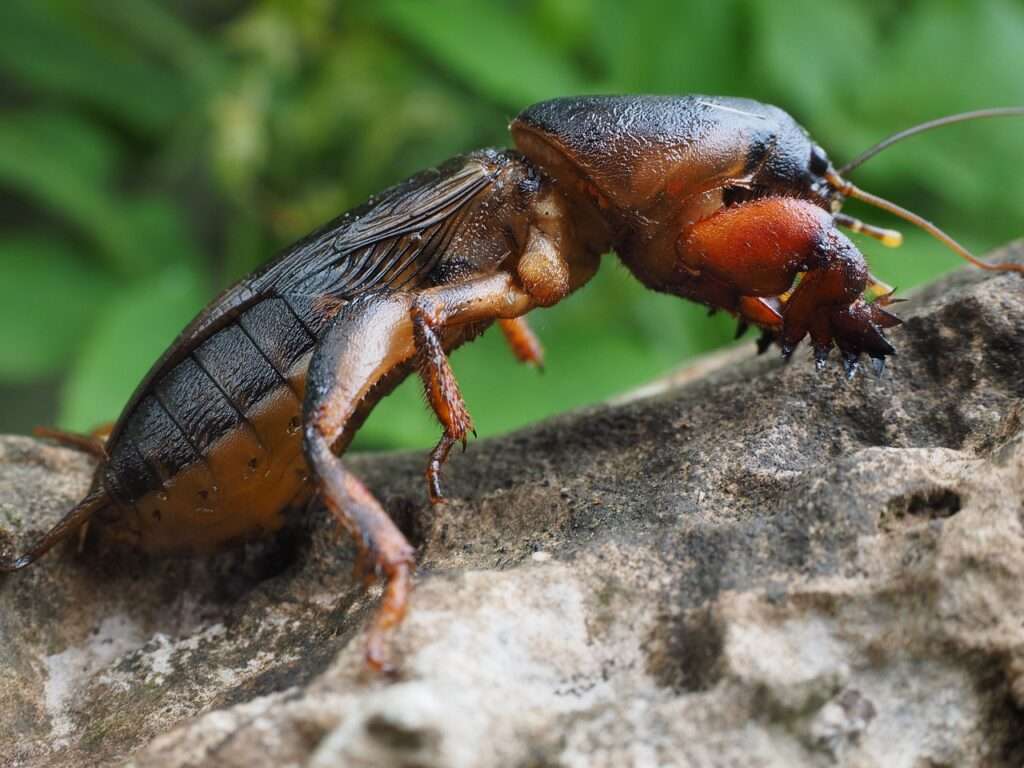
Now, let’s talk about those unwanted guests—bugs and diseases. Roses might be divas, but even they need protection from the garden drama queens.
Pesky Pests
Spotting and Stopping Garden Intruders
- Aphids: These little green guys are like freeloaders at a party. Show them the door with some soapy water or a stern talking-to.
- Japanese Beetles: They’re flashy, but not in a good way. Pick them off like a celebrity bodyguard or set up a beetle trap—they’ll fall for it.
- Spider Mites: These tiny critters are like tiny cowboys roping your roses. Spray them away with some water or a bit of oil.
Natural vs. Chemical Pest Control
- Nature’s Bounty: Invite in the good guys—ladybugs and friends—who love snacking on garden pests. It’s like having your own bug-eating squad.
- Chemical Caution: If all else fails, call in the big guns, but use them wisely. Think of it as diplomacy in the garden—only use force when absolutely necessary.
Defending Against Diseases
Signs and Solutions for Rose Ailments
- Black Spot: It’s like rose acne—ugly but treatable. Snip off the infected parts and hit them with a fungicide if needed.
- Powdery Mildew: They’re not baking, they’re infected! Keep the air flowing and use a bit of oil or fungicide to keep it in check.
- Rust: Rust isn’t just for old pipes—it’s bad news for roses too. Cut out the rust and keep an eye on them for future flare-ups.
Tips for Keeping Diseases at Bay
- Clean Up Crew: Keep your garden tidy to reduce disease spread. It’s like Marie Kondo for your garden—spark joy and toss out the clutter.
- Water Wisely: Keep the water at the roots, not on the leaves, to keep diseases from spreading like gossip.
- Pruning Prowess: Trim those roses to keep the air flowing and remove any sickly bits. It’s like giving them a spa day to rejuvenate.
Conclusion
There you have it, fellow garden adventurers—sun or shade, roses are here to dazzle and delight. By understanding their sunlight and soil needs, evaluating your garden’s quirks, and planting them with love and care, you’ll have blooms that rival even the grandest garden shows.
So, grab your shovel and your sense of humor, because gardening is all about learning, laughing, and maybe a little dirt under your nails. Happy planting, and may your roses bloom brighter than a disco ball at midnight!
Read my blog Master How to Plant Roses in the Ground: Step-by-Step Guide
Can all types of roses tolerate full sun, or are there specific varieties that prefer shade?
While most roses thrive in full sun (6-8 hours of direct sunlight daily), some varieties, like climbing roses and certain shrub roses, can tolerate partial shade. It’s essential to choose shade-tolerant varieties if your garden has areas with less sunlight.
How do I determine if my garden gets enough sunlight for roses?
You can assess sunlight exposure by observing your garden throughout the day to see which areas receive direct sunlight. Tools like sunlight meters and garden planning apps can also provide precise data on sunlight levels in different spots.
What soil conditions do roses prefer, and how can I improve soil quality for optimal growth?
Roses thrive in well-drained, loamy soil with good fertility. Perform a soil examination to assess pH balance and nutrient content. To improve soil quality, amend with compost, aged manure, or peat moss to enhance drainage and nutrient availability.
How should I care for roses planted in full sun versus those in partial shade?
Roses in full sun require deep and regular watering, while those in partial shade need less frequent watering but still benefit from thorough soakings. Adjust fertilization and mulching practices accordingly to support their growth rates.
What are the common pests and diseases that affect roses, and how can I manage them?
Common pests include aphids, Japanese beetles, and spider mites, while diseases like black spot, powdery mildew, and rust can also affect roses. Integrated pest management practices, including natural predators and careful use of fungicides, can help prevent and manage these issues effectively.

